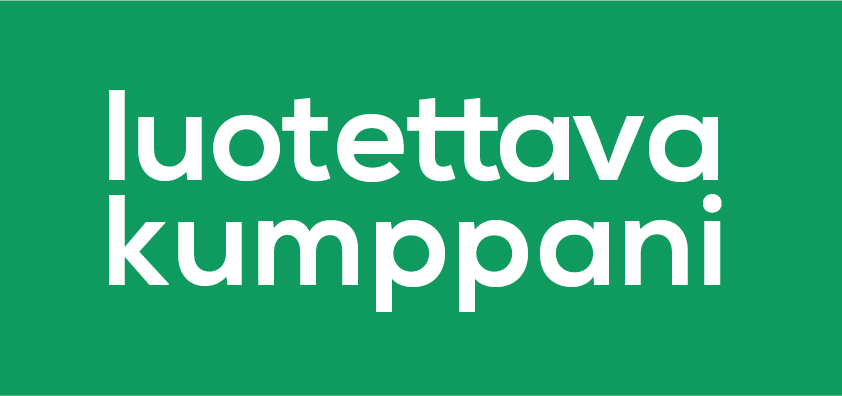
Henna Nykänen

Samuli Seppänen

Samuli Seppänen

Henna Nykänen

Samuli Seppänen

Samuli Seppänen

Samuli Seppänen

Samuli Seppänen

Samuli Seppänen

Samuli Seppänen

Samuli Seppänen

Samuli Seppänen

Samuli Seppänen

Samuli Seppänen

Samuli Seppänen

Samuli Seppänen

Samuli Seppänen

Samuli Seppänen



